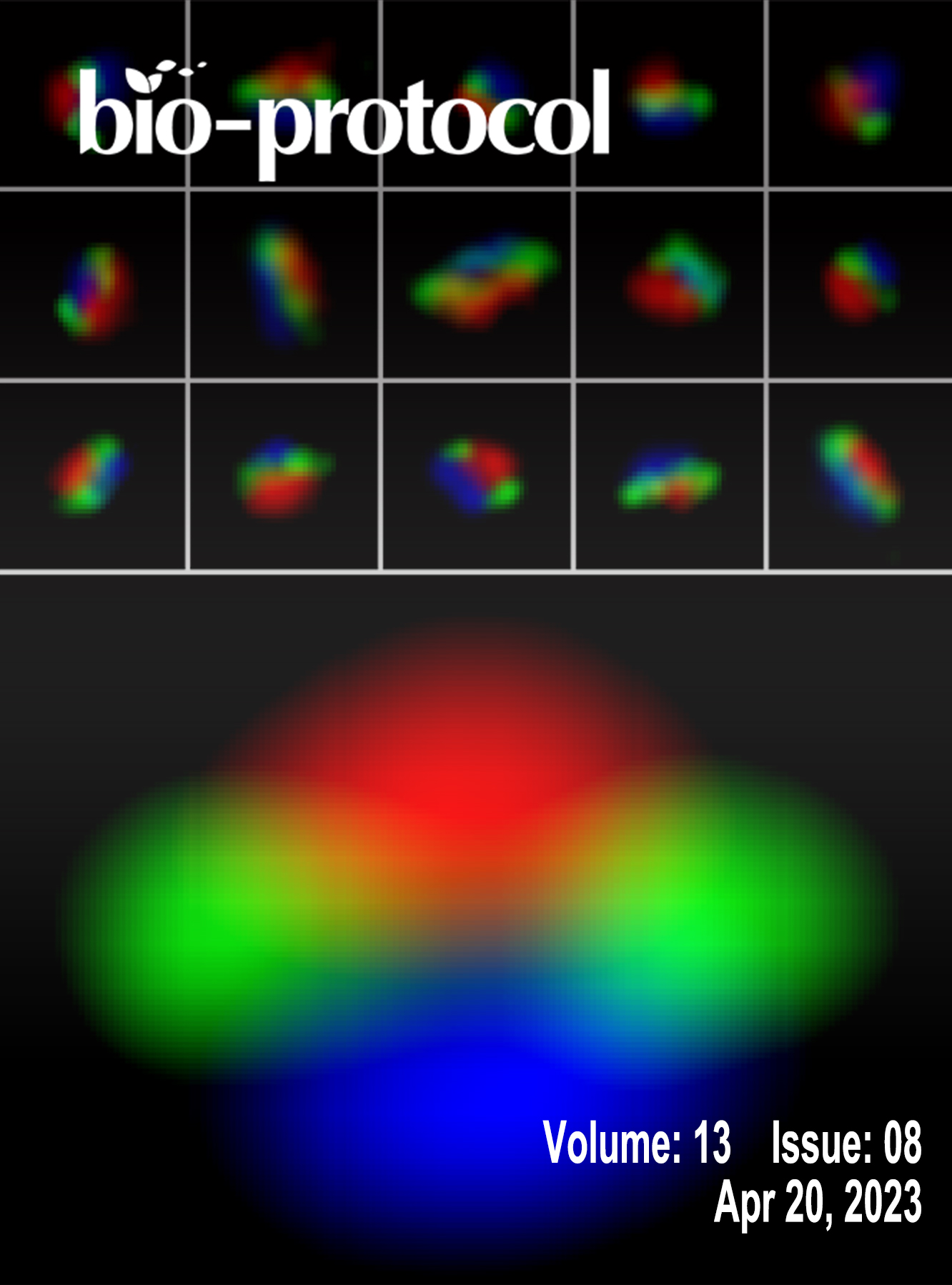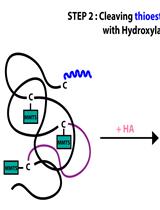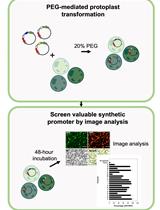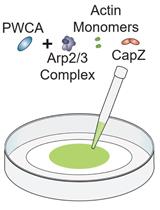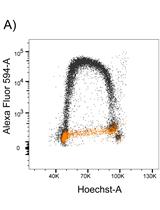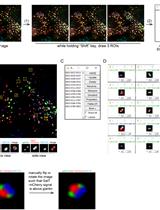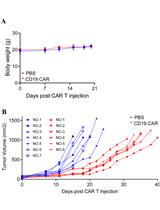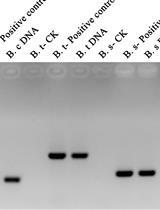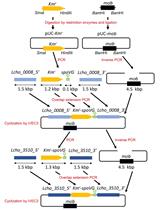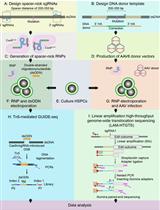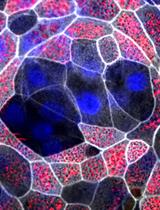往期刊物2023
卷册: 13, 期号: 8
生物化学
A Modified Acyl-RAC Method of Isolating Retinal Palmitoyl Proteome for Subsequent Detection through LC-MS/MS
一种改良的酰基-RAC方法分离视网膜棕榈酰蛋白质组,并通过LC-MS/MS进行后续检测
生物工程
Synthetic Promoter Screening Using Poplar Mesophyll Protoplast Transformation
用杨树叶肉原生质体转化进行合成启动子筛选
生物物理学
In vitro Reconstitution of Phase-separated p62 Bodies on the Arp2/3-derived Actin Network
相分离的p62体在Arp2/3衍生的肌动蛋白网络上的体外重组
癌症生物学
Analysis of RNA Polymerase II Chromatin Binding by Flow Cytometry
用流式细胞仪分析RNA聚合酶II的染色质结合情况
细胞生物学
Visualizing the Cisternal Organization of Golgi Ministacks in HeLa Cells by Side-averaging
通过侧向平均方法来可视化HeLa细胞中高尔基Ministacks的池状组织
免疫学
Anti-tumor Efficacy of CD19 CAR-T in a Raji B Cell Xenografted Mouse Model
CD19 CAR-T在Raji B细胞异位移植小鼠模型中的抗肿瘤效果
微生物学
A Quick DNA Extraction Method for High Throughput Screening in Gram-positive Bacteria
一种用于革兰氏阳性细菌高通量筛选的快速DNA提取方法
Development of a Gene Replacement Method for the Filamentous Bacterium Leptothrix cholodnii SP-6
丝状菌Leptothrix cholodnii SP-6的基因替换方法的开发
分子生物学
Application of a Spacer-nick Gene-targeting Approach to Repair Disease-causing Mutations with Increased Safety
应用 "间隔符 "基因定向方法以修复致病突变并提高安全性
干细胞
Establishing Bipotential Human Lung Organoid Culture System and Differentiation to Generate Mature Alveolar and Airway Organoids
建立双潜能的人肺类器官培养系统及分化产生成熟的肺泡和气道类器官


